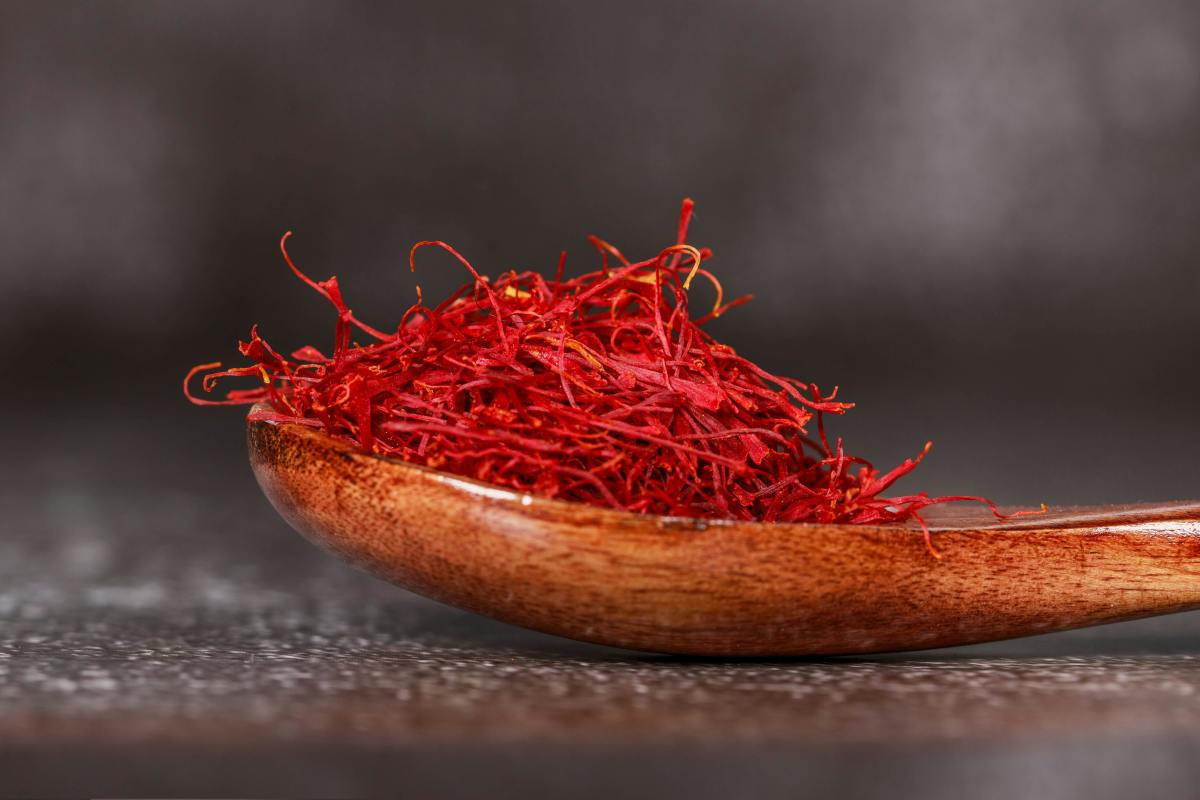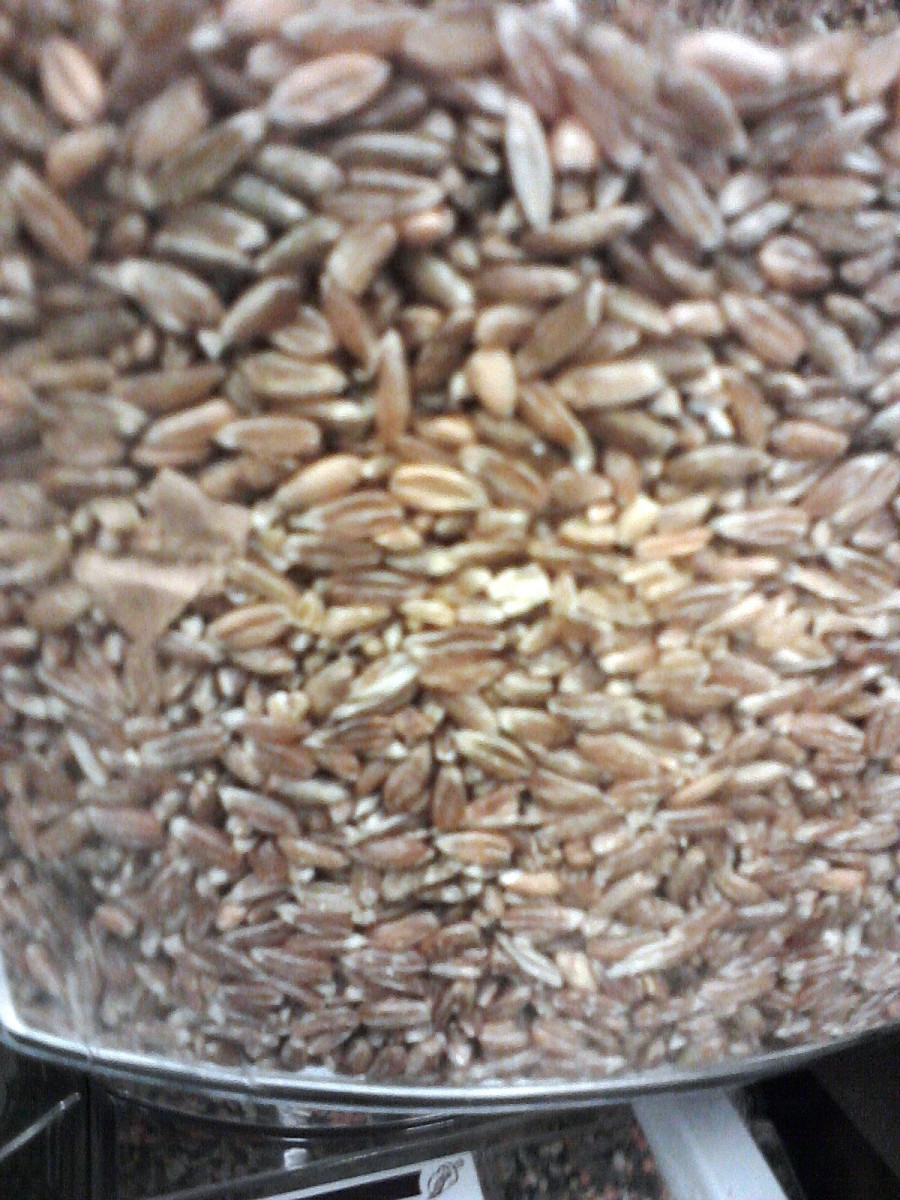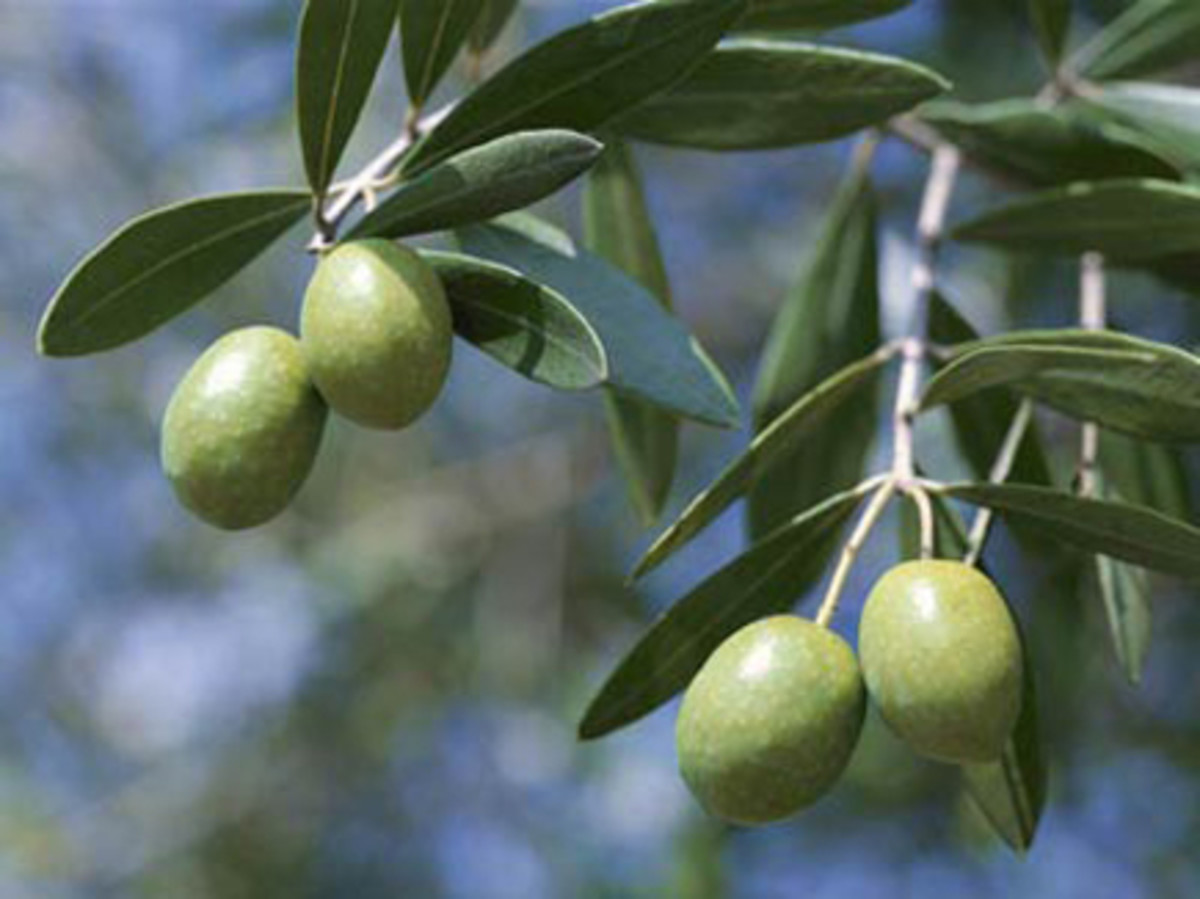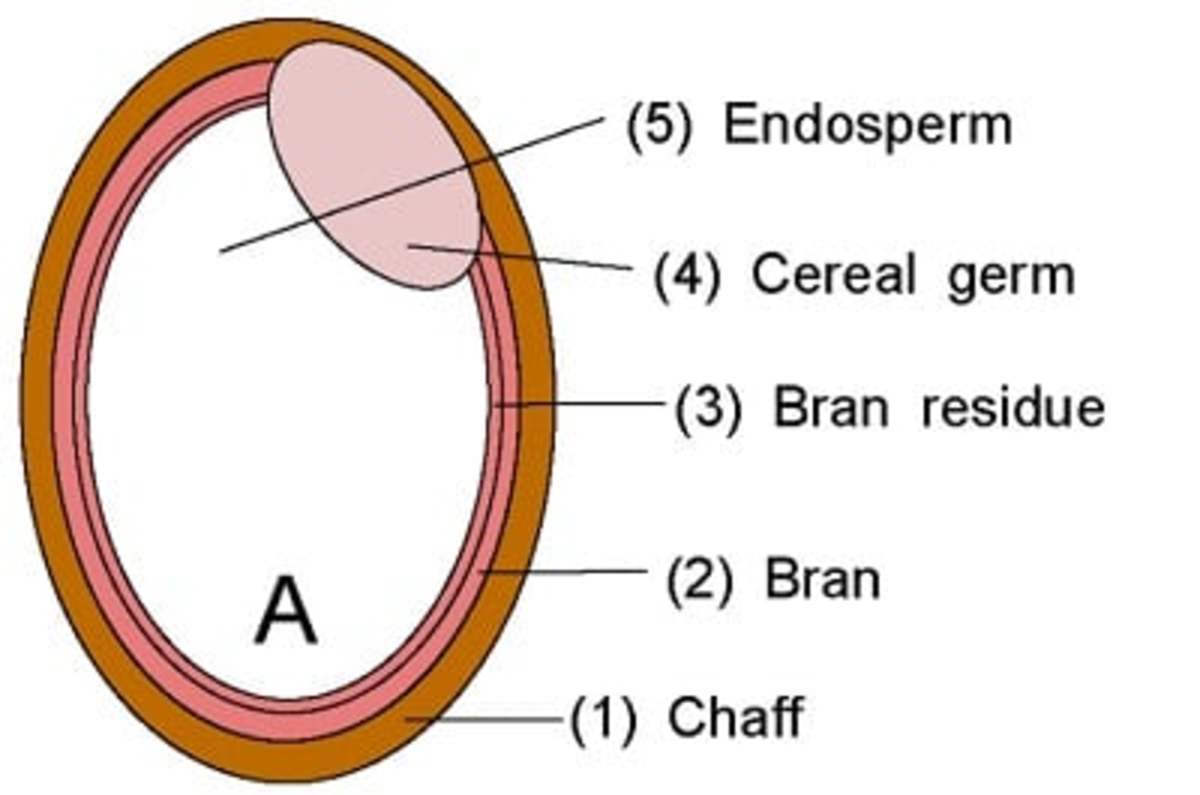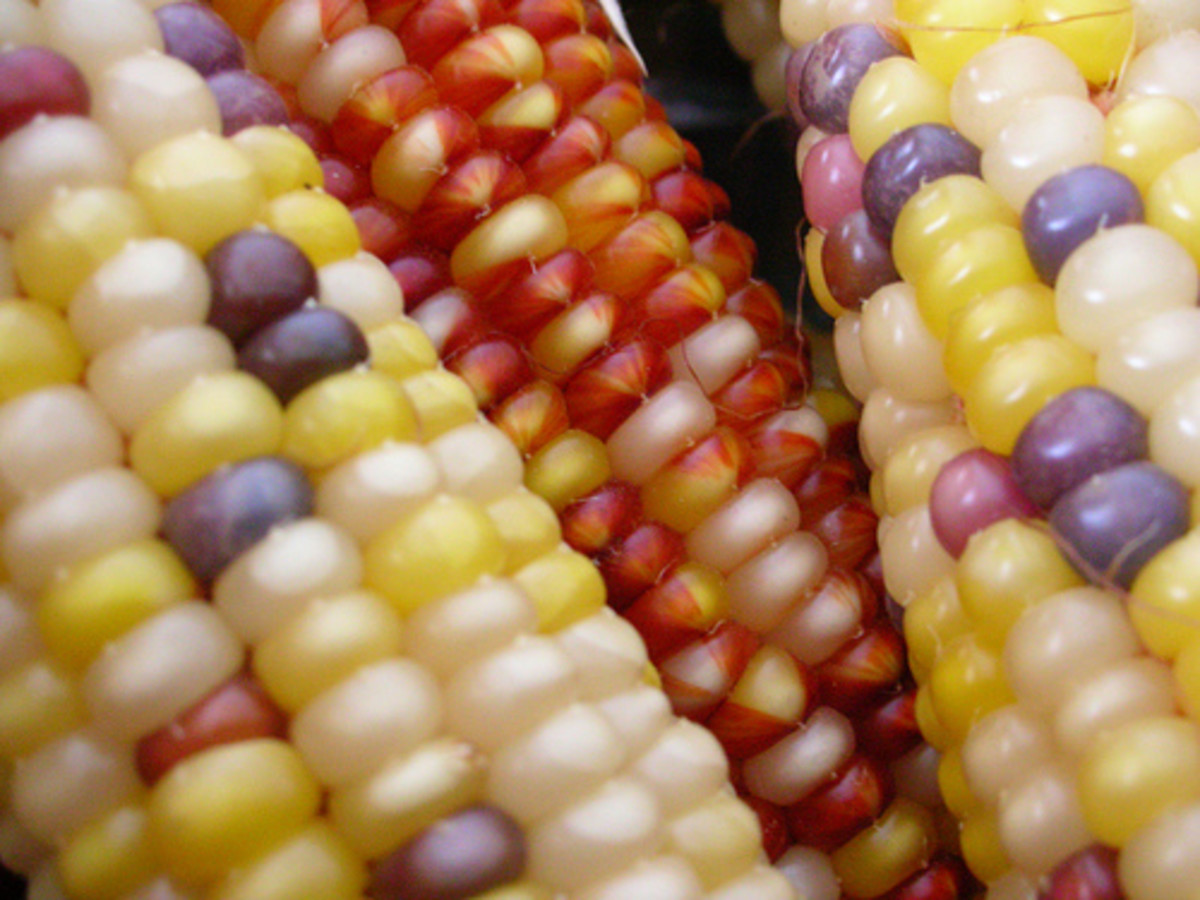Oats - History, Health Benefits and Uses
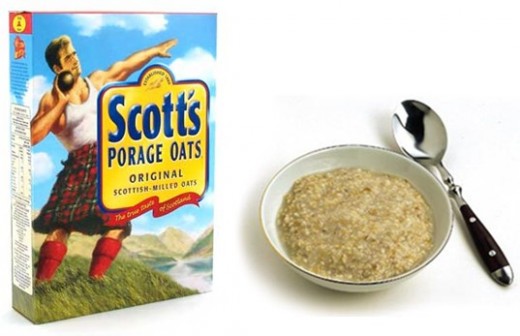
As far as healthy food choices go, oats take a lot of beating.
The Scots have known it for years. Oats are good for you. Many traditional Scottish recipes had oats as a staple item, because it was cheap and grew in abundance in Scotland, where the cooler wetter summers proved ideal growing conditions for the oat plant, avena sativa.
Like all cereals, oat is a member of the grass family, and is believed to have originated in Central Europe and S E Asia where it grew wild and was considered a weed. It is thought to have been in domestic use for at least 1000 years BC and successful inbreeding has produced the a.sativa plant in wide use today.
However, there are believed to be up to 30 different species of oat in cultivation, the most recent, avena insularis Ladiz, being discovered in 1998.
Other varieties around the world were originally discovered in China, and oats are now grown commercially in US, Canada, Australia, Belarus, Kazakhstan, Russia, Poland, Finland, Germany and France.
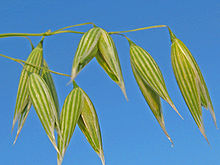
Historically, oats were used primarily to feed horses.
In the summer it was called a forage crop, and was cut down in autumn to provide food for the horses throughout the winter.
The timing of many ancient battles depended entirely on the cropping or availability of oats, as the use of healthy and well-fed horses was of paramount importance when fighting enemies. Before the development of the motor car, horses were much more abundant than today, and so the importance of the farm's oat crop cannot be understated.
Many farms have drastically reduced their oat-growing activities since the 1940s, when the emergence of the farm tractor negated the farmer's need for horses to plough fields and generally assist with all the heavy farm work.
The oat plant consists of a long stem and after flowering in early summer, edible seed-heads develop. In centuries past, this grass was cut down at the flowering stage for horse feed, because once it had gone to seed it became a difficult plant to contain, because the seed heads become wind-borne and self-seed all over the place.The oat seed is also viable for a long time.
Many cultures considered the oat plant to be an invasive weed. Although it prefers summers that are cool and wet, it has a tendency to grow equally well in warm dry climates and in very poor soils.
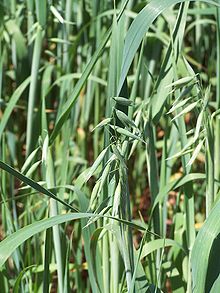
It is unknown exactly when oats were first cultivated in Scotland, but it was possibly at a time in Scottish history when the people were very poor.
History books describe a normal early Scottish diet to consist of nothing more than oats, fish and separated milk.
The Scots developed a deep love for oats, and it shows in their traditional recipes handed down through the generations.
Porridge, oatcakes, fish fried in oatmeal and many other particularly Scottish recipes have the humble oat at the centre.
Oats are extremely nutritious, containing more protein and unsaturated fat than any other cereal grain and for many years right up and including the present day, Scottish soldiers are considered to be tougher and stronger than their English counterparts, thanks to a daily diet of oats.
Nutritional Value per 100g of Oats
- Energy 1,628kJ (389kcal)
- Carbohydrates 66g
- Protein 20%
- Unsaturated fats 5 - 9%
- Dietary fibre 11g
- Pantothenic acid (B5) 1.3mg (26%)
- Folate 14%
- Iron 5mg (40%)
- Magnesium 177mg (48%)
- Soluble Fibre 4g
Uses for Oats
Oats nowadays are normally grown in large fields, and in the autumn are harvester by machine.
A combine harvester can not only cut the seed heads off, they can cut the stalks and separate the two parts while turning the lower half into bails of hay for winter bedding for cattle and horses.
The seeds are taken to a granary where the hulls (outer shells) and groats (the oat seeds) are separated.
groats are then crushed and made into rolled oats or oatmeal.
Once they are completely dry they can be stored in huge vats for an indefinite time for use as animal feed, or for the cosmetic industry, or with further refinement, ground down into oat flour or oat bran.
The hulls have uses in the petrochemical industry, to make nylon, and as a preservative for many foodstuffs like instant coffee, margarine, potato crisps and nuts.
Health Benefits of Oats
- Lowers cholesterol and so reduces risk of heart disease
- Metabolises slowly in body, leaving you feeling fuller for longer
- Contains soluble fibre which slows down the rate of starch digestion
- Can be taken as part of a gluten-free diet for sufferers of coeliac disease
- They are a good source of iron, calcium, vitamin B1 and many trace elements essential for health
Taken every day as part of your diet: -
- your digestive system will improve
- you will find yourself with more energy
- perhaps even lose weight (that all depends on what else you eat throughout the day)
- your hair texture will improve
- your cancer-fighting abilities will improve and
- your risk of heart disease reduce.
- They are also said to help you feel warmer in cold climates.
Pretty amazing benefits for so humble a grain, long-since considered to be the poor relation among cereals.
How to Choose Oats
When shopping in your local supermarket you may find a wide array of dried oats available for consumption, from rolled oats through to oat flakes.
The general rule is the smaller the grain, the quicker it will cook, and these are possibly important points for you to consider if you are buying oats to make breakfast and are pushed by time constraints before heading out to go to work.
Standard rolled oats are an excellent choice for making oatcakes and biscuits, but can make a delicious, but smoother, porridge.
'Scotch' oats are chopped rather than rolled and they take slightly longer to cook, but are the traditional method of making porridge.
Oat flakes are the bulkiest of the rolled oats and also make an excellent porridge.
Instant porridge is powdered oats and cooks very quickly.
All oats, no mattered how they are prepared, have the same nutritional value.
Oatmeal, chopped onion, seasoning and suet mixed all together makes a great stuffing for poultry.
Rolled oats make an interesting and healthy alternative for pudding crumble mix.
I hope you've had your oats today.



